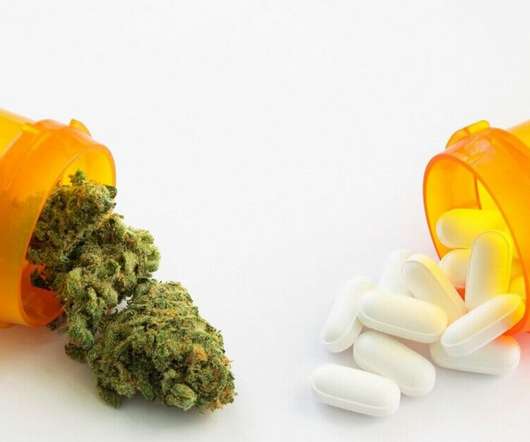The Variety of Health Conditions That Medical Marijuana can Treat
The Joint Blog
JUNE 4, 2021
Those state laws allow medical marijuana to be used to treat ailments like Alzheimer’s, cancer, epilepsy, Crohn’s disease, seizures, hepatitis C and a host of others. The United States Food and Drug Administration (FDA) has only cannabis use to treat two rare and severe forms of epilepsy: Dravet syndrome and Lennox-Gastaut syndrome.














Let's personalize your content